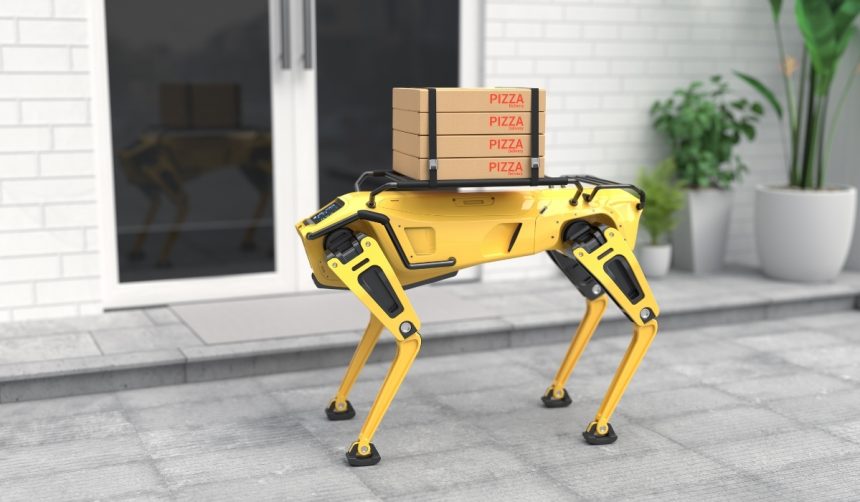A new collaboration between Baidu Inc. and Lyft Inc. aims to introduce Apollo Go autonomous vehicles to riders in Europe, with plans to begin rollout in Germany and the United Kingdom by 2026, subject to regulatory approval. This move is intended to expand Lyft’s ride-hailing network and leverage Baidu’s autonomous driving technology, targeting a significant deployment of robotaxis across multiple European cities in the years following the initial launch. Unlike prior, limited-scale autonomous vehicle introductions in European cities, this project focuses on scaling up a fleet of fully electric, purpose-designed RT6 vehicles, indicating both companies’ commitment to accessible autonomous mobility. Vehicle integration through Lyft will allow seamless ride-hailing experiences, while the firms anticipate working closely with local regulators to ensure safety and compliance tailored to the European context.
When Baidu piloted partnerships with other ride-hailing companies like Uber earlier this year, its Apollo Go autonomous fleet was limited to a handful of cities outside the U.S. and mainland China, and primarily served as a testing ground rather than a fully commercialized service. Lyft’s previous ventures, involving collaboration with Mobileye, laid the groundwork for introducing self-driving technology on its platform but did not result in large-scale operational robotaxi deployments for European users. The current initiative represents a broader strategy by both companies to achieve real commercial expansion within developed European urban markets, leveraging recent acquisitions and evolving regulatory frameworks to accelerate adoption more substantially than earlier attempts.
How Will Baidu and Lyft Roll Out the Service?
Deployment is scheduled to start with thousands of Apollo Go RT6 vehicles integrated into Lyft’s network, beginning in Germany and the UK. These vehicles will be equipped with Baidu’s proprietary sensor technology, supported by a ten-layer safety system, and are designed to provide a consistent and secure service directly through the Lyft app. The companies are prioritizing operational stability, aiming for a scalable model capable of serving dense urban populations.
What Role Will Lyft and FREENOW Play?
Lyft’s operational expertise and recent acquisition of FREENOW—an established player across nine European countries—are expected to facilitate integration into existing city infrastructure. FREENOW’s local market presence and relationships with regulators and fleet operators give Lyft a practical advantage when introducing AVs in key focus areas such as Germany and the UK. Baidu will supply the technology and vehicle infrastructure, supporting Lyft’s vision to become the leading platform for autonomous fleet partnerships and management in Europe.
How Do the Companies View the Partnership?
Baidu’s CEO Robin Li described the collaboration as,
“a significant milestone in our global journey.”
He further emphasized the company’s vision, stating,
“This collaboration represents our commitment to making autonomous mobility accessible worldwide while working with local partners who understand their communities.”
The alliance demonstrates both firms’ strategy of combining leading-edge engineering with operational know-how to address demand for new mobility solutions.
Collaborations such as this underscore the importance of integrating technological advancement with regulatory and operational realities in Europe’s diverse urban settings. The focus on purpose-built vehicles, deep regional integration through established platforms, and phased, regulatory-compliant market entries sets this project apart from past pilots, which often encountered delays due to fragmented city-by-city regulations or limited scale. For interested users and industry watchers, the tie-up offers an example of how global firms adapt innovation to regional marketplaces, balancing rapid deployment with public safety and local accountability. Looking ahead, the interplay between fast-evolving autonomous technologies, established urban transportation systems, and regulatory authorities will determine the reach and impact of robotaxis in European cities.










